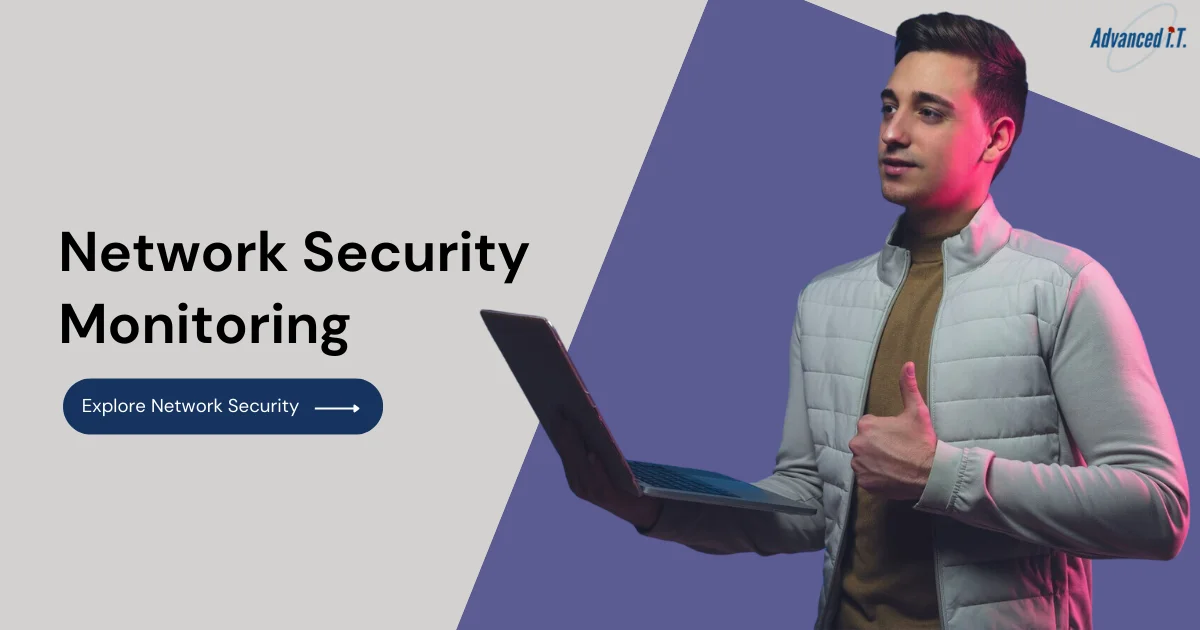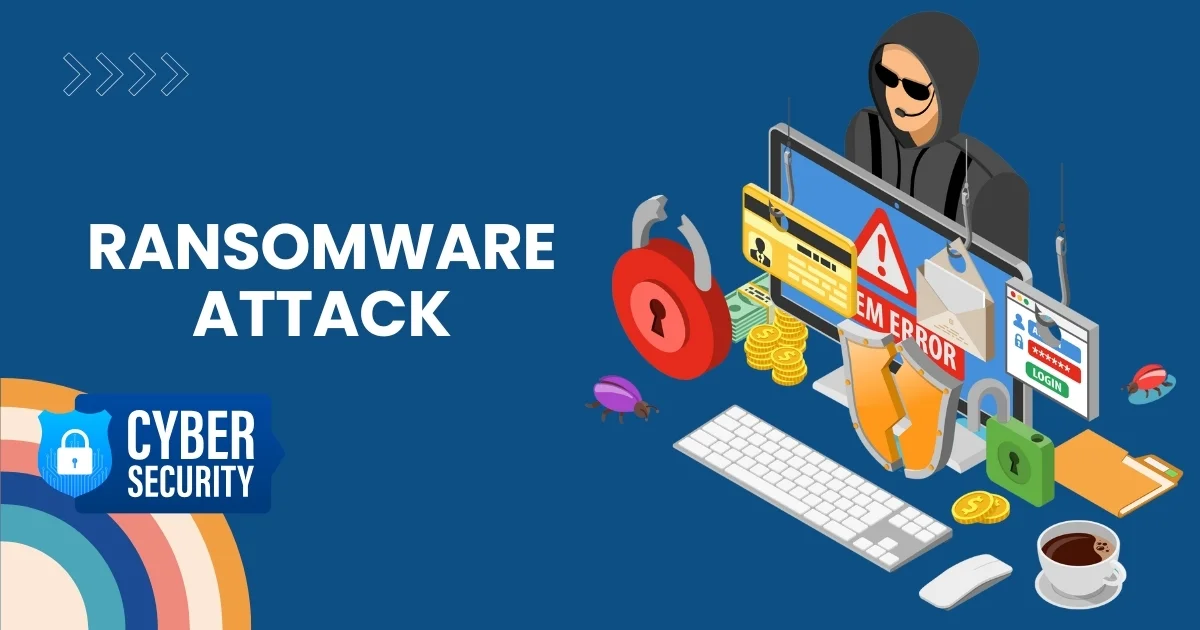Network Security Monitoring (NSM)
Network security monitoring (NSM) is essential to IT management because identifying cyber threats is not as simple as it was decades ago. Bad actors plan malicious activities in different ways to bypass traditional security measures. For example, they can infiltrate networks without leaving a trace of the file system.

- November 17, 2023
Organizations need to apply advanced security monitoring tools to prevent and effectively respond to malicious activities.
Table of Contents
What is Network Security Monitoring (NSM)?
The process of identifying potential threats by analyzing network devices and traffic is called NSM. The industry experts collect a large amount of data and other specialized approaches to detect possible threats. Moreover, they monitor and highlight suspicious activities, such as unauthorized access to an organization’s data. Nipping the evil in the bud before it causes significant harm to an organization.
Why is Network Security Monitoring Important?
NSM enables organizations to detect threats in their early stages, minimizing the chances of operational damage. It provides a clear view of all devices that are connected to your system. Moreover, allowing organizations to check data transferring between them. These features bring attention to the worth of a hybrid and remote working environment.
Watching real-time activities within networks enables organizations to respond immediately to cyber threats. Furthermore, many organizations need to meet robust monitoring to meet industry standards, making NSM essential for them. Most of all, NSM is important for the data security of an organization.
Tools for Network Security Monitoring
The use of the right tools ensures effective network monitoring services, optimizing the workflow of an organization. These tools have the ability to perform 24/7 to actively analyze security protocols. Moreover, these tools are equipped with extra features, making them more powerful for threat detection. They perform threat detection in the following ways:
- Continuously monitor network activities such as traffic patterns and user activities.
- Matching warning signs with familiar cyberattacks.
- Maintain the record of hackers’ methods used in the past.
Let us discuss in detail some advanced tools many reputed organizations use to fortify their network. Start with a comprehensive analysis:
1. Intrusion Detection Systems (IDS)
IDS solutions offer the best network security monitoring solutions, acting like surveillance cameras for your network. They immediately identify the suspicious patterns in your traffic that have a chance of becoming an attack in the future. For example, repeated tries of someone to get access to data. IDS will spot it and maintain the activity record.
Receiving notifications enables organizations to take action in time and make further investigations about false attempts.
2. Intrusion Prevention Systems (IPS)
IPS works one step forward from IDS. The reason is that its functionality is not only limited to detecting threats but also blocks them. For example, after identifying bad traffic, this toot blocks the source IP address.
Moreover, this tool works as part of an organization’s network security system that monitors threats. Ensuring an extra layer of security to restrict unwanted activities.
3. Security information and event management (SIEM)
SIEM collects and analyzes the total number of logs across the network. These tools used advanced analytics to identify deviations from standard traffic behavior. These features enhance cyber security monitoring processes.
Furthermore, SEIM tools give organizations a centralized view of their networks. This feature helps them immediately pinpoint unusual behaviors and potential threats.
4. Network Monitoring Appliances
Network monitoring appliances perform two important tasks, which are, continuous monitoring and providing security insights. Both of these tasks support network security monitoring services. These also track data flow, bandwidth usage, and device performances, enhancing network security capabilities. Maintaining a balance between performance optimization and security.
5. Endpoint detection and response (EDR)
Endpoint detection and response (EDR) tools especially focus on individual endpoints such as laptops, desktops, and servers. Providing clear visibility to end point activities, creating convenience for organizations to detect threats that security tools often fail to identify. Its unique features enhance the network security monitoring process.
6. Vulnerability scanners
Vulnerability scanners point out the weaknesses of an organization’s network. Allowing them to check unpatched software, misconfigured devices, or outdated protocols. Awareness of these risks is important for organizations to minimize vulnerabilities and implement necessary fixes.
7. Firewalls and Unified Threat Management (UTM)
A robust defense requires multiple security layers, which are made possible with modern firewalls and unified threat management (UTM). These enable organizations to filter out incoming and outgoing traffic and perform functions, maintaining standards.
Techniques for effective network security monitoring
Organizations must set clear goals for NSM to protect their digital assets. Focused and practical approaches enable them to understand the specific threats that their organization often faces. At the same time, a structured approach allows them to create a resilient security strategy.
Moreover, mitigating threats requires using advanced tools, methodologies, and practices. Authorized personnel must leverage NSM tracking to be aware of network activities. Using measurable metrics and integrated tools minimizes the chances of potential breaches. Furthermore, the following techniques can help organizations develop a network security system that monitors them.
Real-time traffic analysis
Analysis of real-time data enables organizations to have detailed insights into data flow. Making them vigilant about traffic analysis to get well-informed about their business. Furthermore, the availability of data can help them to make further investigations.
Behavioral analytics
Keeping an eye on users’ devices is an essential aspect of cyber security monitoring. The use of NSM tracking tools enables organizations to collect data on a specific user to analyze network activities. These tools enhance detection accuracy, reducing false positives.
Log aggregation and analysis
Organizations must centralize their data to have better control over it. Make effective use of log management platforms to collect logs from critical components, including firewalls, servers, and applications. Covering all devices and applications connected to your system is essential to create a robust IT security monitoring strategy.
Endpoint security integration
Integration of network security monitoring tools with endpoint detection and response (EDR) solutions solidifies an organization’s cyber security. Check the compatibility of tools to combine data. Organizations must set up automated alerts to ensure they do not overlook any potential threat.
Proactive threat hunting
Use different methods, such as pattern recognition and Indicators of Compromise (IOCs) to detect hidden threats. Moreover, organizations must train their security teams in the methods of responding to IT threats.
NSM tracking for incident response
To maintain a secure digital environment, a robust strategy is essential to minimize risks. It is not only about reacting to security breaches. Organizations must keep updating their incident response capabilities.
Best practices for network security monitoring
There are some must-follow practices that organizations must adhere to maintain the integrity of IT structure. Let us discuss some essential practices that develop a secure digital environment in an organization.
Regular security audits
Regular security audits give a clear idea about the security effectiveness of an organization’s security measures. In this process, experts thoroughly analyze the networks, system, and security proctors. These audits also help organizations to enhance performance while identifying the gaps in security.
Continuous monitoring
Continuous monitoring reduces the time for attackers to attack an organization. The use of advanced tools such as IDS, IPS, and SIEM enables organizations to monitor network traffic and restrict unauthorized access. Furthermore, they can immediately flag suspicious attempts of accessing data or data transfers.
Prioritize data encryption
Organizations must save their sensitive information with data encryption. Making it complex for unauthorized individuals to tamper with the information. Implementation of encryption protocols such as SSL and VPNs also secure remote access. Data encryption creates a strong defense against data theft.
Employee awareness training
Organizations must train their employees to minimize human errors, such as clicking on malicious links. In training, employees also learn about handling sensitive data and identifying phishing attacks. Employees’ practices reduce the chances of mistakes that lead to data breaches.
Network segmentation
Create different segments of your network, making a separate security control for each network. This practice makes it harder for attackers and limits their movement to access sensitive data. Considering their business functions, organizations must divide their network. At the same time, it reduces the potential impact of an attack.
Implement strong access control
The access control system enables organizations to set the control of resources. It is one of the fundamental aspects of limiting access from unauthorized personnel. Employees or other people prove their identity with passwords, biometric scans or other sensitive systems before getting access.
Leverage cloud solutions
Shifting business operations to the cloud enables organizations to deal with specific challenges. To manage cloud infrastructure companies often hire third-party service providers. They implement access control, encryption and continuous monitoring of data.
Conclusion
Organizations must use the right tools and implement an effective strategy to enhance operational productivity. Network monitoring services make managers and business owners worry-free about security. Adhering the best practices organization minimize the cyber risks.
Training employees also includes the practice of making your cyber security stronger. The availability of well-trained staff members reduces the chances of cyber threats. Investing in network security monitoring solutions is important to build your business credibility.


